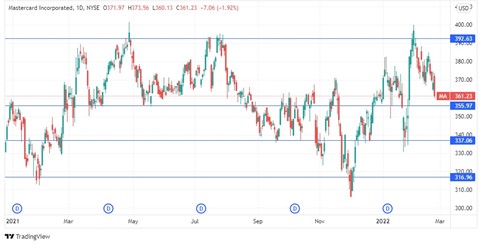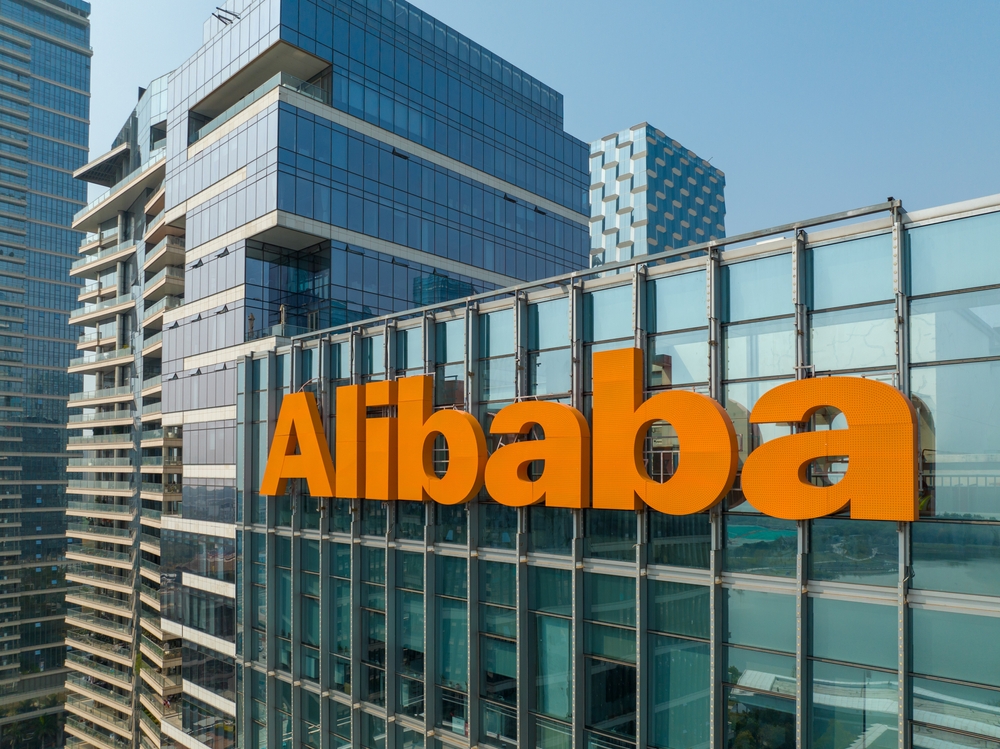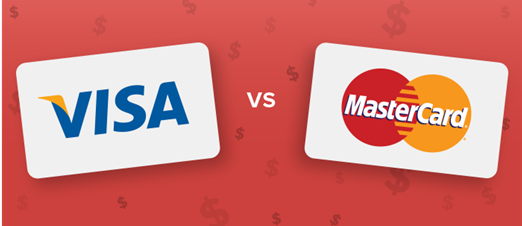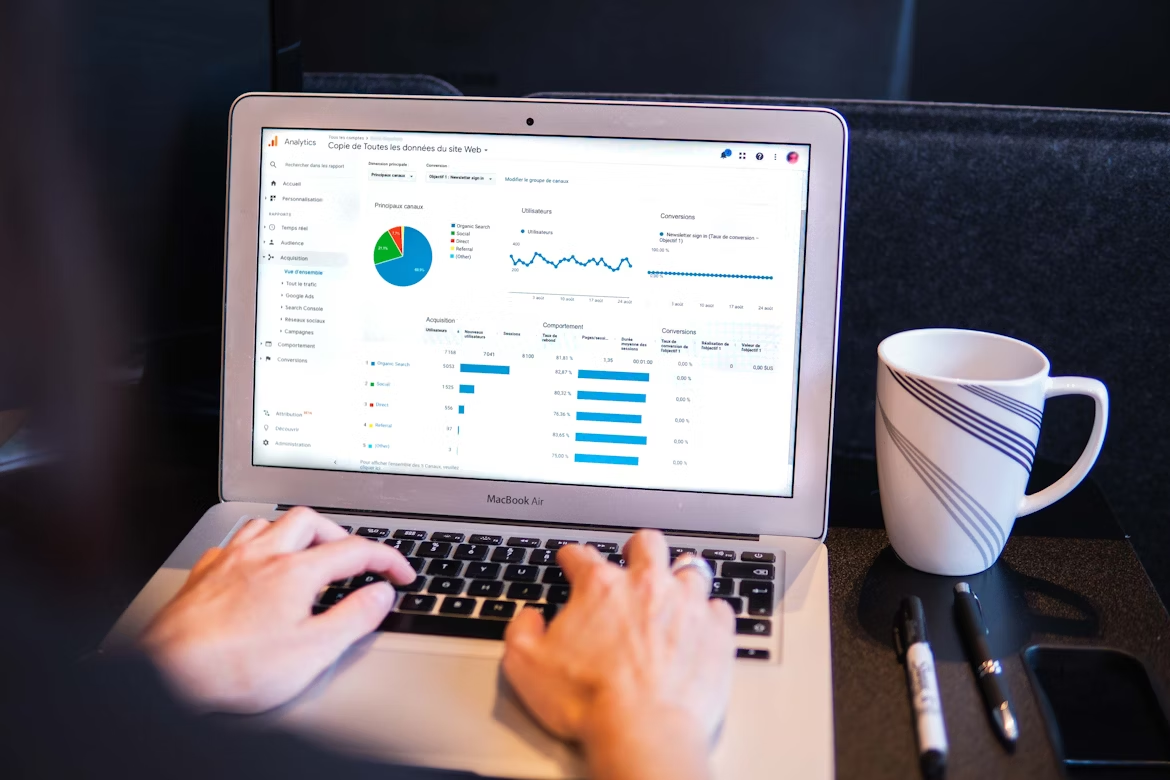Four major companies are dominating the digital payment industry. Visa, Mastercard, American Express and Discover. Visa and Mastercard are not only involved in issuing cards or generating credit. All Visa and Mastercard payment cards are issued as result of a co-branding arrangement. While neither company extends credit or issues cards, they do collaborate to provide the widest range of goods, including credit, debit, and prepaid cards.
The Visa journey began in 1958, as a Bank of America credit program, targeting the middle class. In 1976, the BankAmericard program among other schemes united under the name Visa; an easy-to-remember name that sounds the same in all languages. The Mastercard adventure began in 1967, originally by the name of Interbank, which was a scheme to compete against BankAmericard. In 1979, the establishment was branded as Mastercard International.
Mastercard had its initial public offering in 2006 with a share price of $39 and a market capitalization of $3.7 billion, while Visa had its IPO in 2008 with a share price of $44 and a market cap of $17.9 billion. They are currently trading at $368 and $221 per share, respectively, with market capitalizations of $362.84 billion and $479.27 billion.
In terms of revenue, Visa generated $21.8 billion in net revenue for the 2020 year, with revenue growing 10% in 2021 to reach $24.1 billion. Mastercard generated $18.9 billion in net revenue during 2020, yet has grown 16% year-over-year in 2021 to generate $22 billion.
Business Model of Visa & Mastercard
Visa's revenue generation strategy is distinct from that of any other company. Visa's business strategy is centered on acting as a middleman between customers and company owners. Visa operates on a transaction-centric business model, meaning it makes money from payments as well as the volume of transactions made with its personalized cards.
Mastercard has a similar model to Visa. Mastercard earns money by charging financial institutions that issue cards a charge depending on the gross dollar volume of account holder transactions. Switched transaction fees, which encompass authorization, clearing, settlement, and certain cross-border and domestic transactions, also bring in money for the corporation.
Statistics reveal that Visa has more than 2.5 billion Visa-branded cards in use, while Mastercard has over 1 billion in circulation worldwide. It can be noticed that Visa is having much more cards issued.
Visa Analysis

In the first fiscal quarter of 2022, the payment giant reported sales of $7.1 billion, according to FactSet, beating Wall Street estimations by almost 4%. The success was predominantly driven by increased payments volume and processed transactions. Earnings per share (EPS) valued at $1.81 beat the agreed estimate of $1.70 by 6.3%. The results impressed analysts and investors alike. From a fundamental view, the company has steady growth & generates high profitability but it has quite low dividend.
Looking at the Visa (NYSE: V) stock from a technical lens, the stock of the renowned payment giant is trading within an upward-trending horizontal trajectory. Amid geopolitical tensions, the current share price of $215.95 is trading between a lower support level at $190, a higher support mark at $219, and a resistance level at $235. This serves as a potential good entry point for investors to buy the stock.
Mastercard Analysis

In the latest quarterly earnings of Mastercard, the company recorded $2.3 billion in earnings, translating to $2.35 per share, which marks a 27% jump from the previous year. Key drivers for the success were increased travel spending as COVID-19 cases and infections diminished on a global scale. From a fundamental view, Mastercard is quite profitable as well, with a Return on Assets figure of 23%. It’s growing consistently and so do its dividends, but still remains below Visa’s dividend yield by 0.12%.
From a technical perspective, the current share price of the Mastercard stock (NYSE: MA) of $361, is trading between one support level at $316, another at $355, and a resistance mark lying near $392. As the share is currently quite volatile since the beginning of the year, yet upward trending, it’s best to wait for a clearer entry point for purchasing the stock.
Future Plans & Expectations
Visa’s future plans revolve around co-operation. The company plans to team up with device manufacturers to offer integrated payments for wearables, which blend function & style. It’s also co-operating with car innovators, with the aim of creating a unique and new driving experience.
Visa also aims to enhance its own payment technologies, which will improve the shopping experience of consumers and retailers, while also keep financial transactions secure as it has always been doing.
Price target: Morgan Stanley expects that the Visa stock will hit the $280 mark in the near future, and Barclays forecasts a jump in the stock as well, to hit a level ranging from $250 to $265.
Mastercard’s plan are all about digital payments. The firm recently introduced the Buy Now, Pay Later (BNPL) program for small business financing in the Asia-Pacific region, in countries including Singapore and India. The program is aimed to give cardholders and small businesses a greater choice of flexible payment options at checkout, both in-store and online.
The company aims to launch this program across the world, including the U.S. & Europe. The payment leader is also tapping into the crypto world. It began picking out selected cryptocurrencies, which can be used as a method of payment and more. This will require a lot of work, but can be the next big thing for Mastercard.
Price target: JP Morgan believes that the Mastercard stock will escalate to $430, and Morgan Stanley expects the price to hit $448.
Sources: Visa.com – Mastercard.com – Nasdaq – Forbes – CNBC – NerdWallet – Finty – TradingView
CFDs are complex instruments and come with a high risk of losing money rapidly due to leverage. You should consider whether you understand how CFDs work and whether you can afford to take the high risk of losing your money. Please read the full Risk Disclosure.















